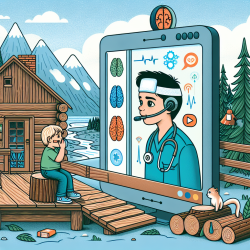The integration of biometric technology in educational settings is not just a futuristic concept but a present-day reality that is reshaping how we approach teaching and learning. As a practitioner in the field of education, understanding and implementing biometric applications can significantly enhance your skills and improve educational outcomes.
Biometric Technology: A Game Changer in Education
Biometric technology involves the use of unique physical or behavioral characteristics to identify individuals. In educational institutions, this technology is being used for various purposes such as identity management, class attendance, e-evaluation, and security. The potential for biometrics to improve the teaching and learning process is immense.
Applications of Biometrics in Education
- Identity Management: Biometric systems ensure that only authorized individuals have access to certain areas or information, enhancing security within educational institutions.
- Class Attendance: Automated attendance systems using fingerprint or facial recognition save time and reduce errors compared to traditional methods.
- E-Evaluation: Biometrics can authenticate students' identities during online exams, reducing cheating and ensuring fairness.
- Security: By integrating biometrics with surveillance systems, schools can effectively monitor campus safety and respond swiftly to emergencies.
The Challenges Ahead
The implementation of biometric technology in education is not without challenges. Privacy concerns are paramount as these systems collect sensitive personal data. Ensuring that data is securely stored and used ethically is crucial. Additionally, there may be resistance from users who are unfamiliar with or distrustful of new technologies.
An important consideration for practitioners is selecting the right biometric solution that aligns with their institution's needs. This involves evaluating factors such as scalability, compatibility with existing systems, accuracy, and user-friendliness.
The Road Ahead: Encouraging Further Research
The future of biometric technology in education looks promising. With advancements in areas like vascular pattern recognition and facial thermography, the possibilities are expanding. However, continued research and development are essential to address current challenges and fully realize the potential of biometrics in education.
If you're interested in delving deeper into this topic, consider exploring further research or conducting studies within your own institution. Engaging with ongoing developments will not only enhance your professional skills but also contribute to the broader educational community.










